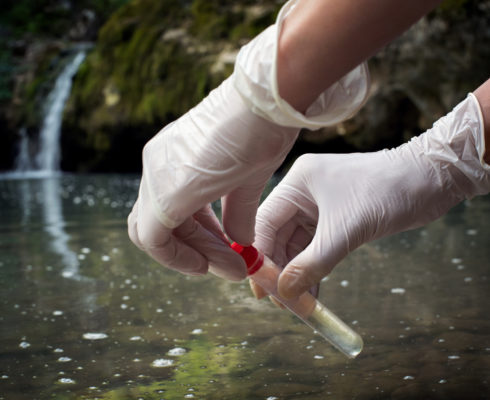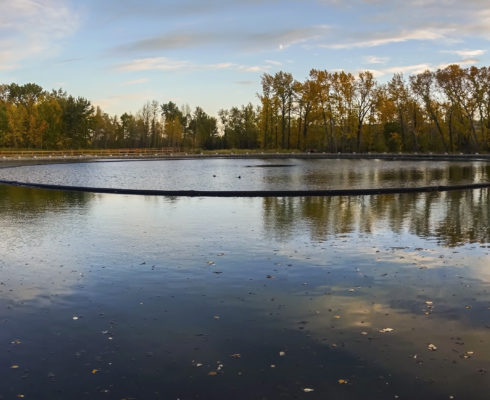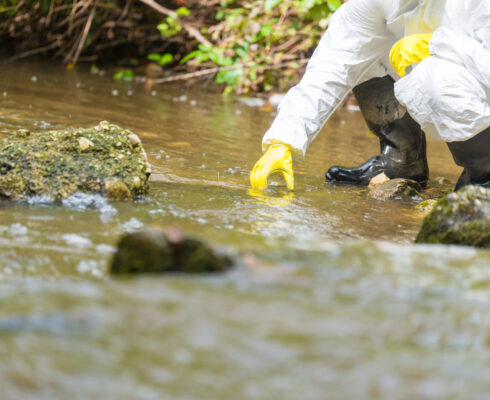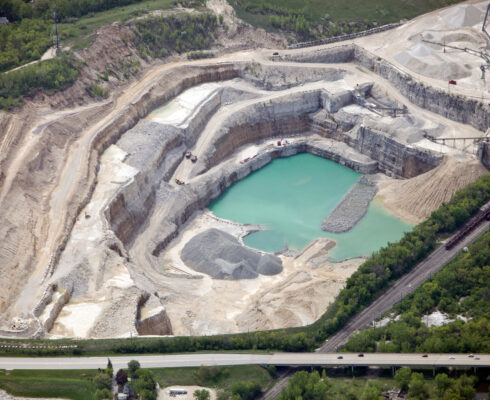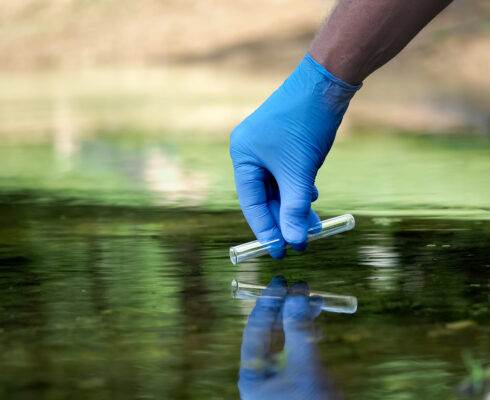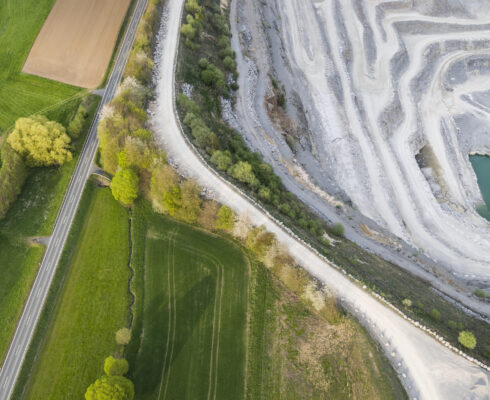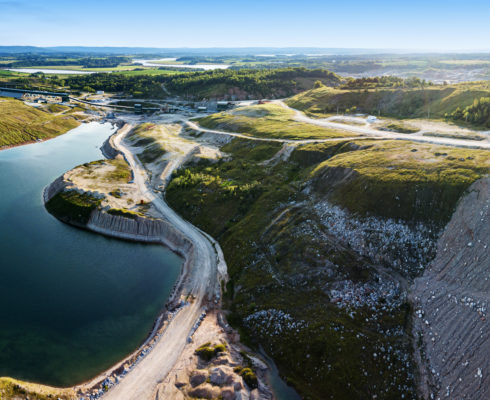A round whitefish monitoring program in Lake Ontario
In 2018, Ecometrix participated in a round whitefish monitoring program with NatureMetrics (previously Precision Biomonitoring) to develop a targeted eDNA assay.
Due to the size of Lake Ontario and the potential for a diluted eDNA signal, we tested a variety of collection techniques.
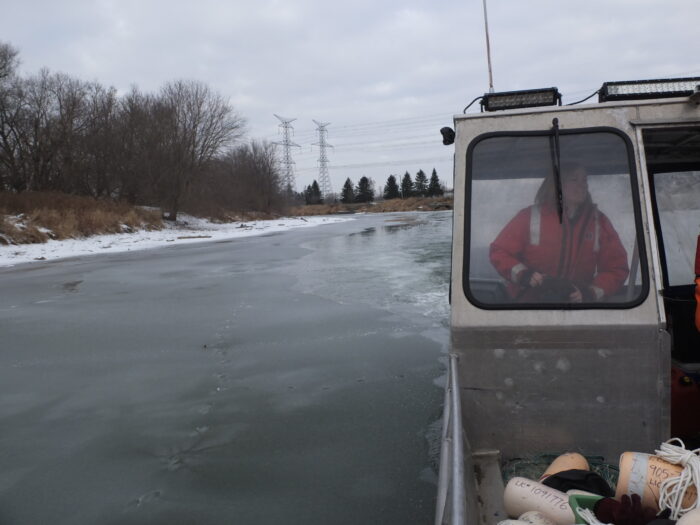 A scientist driving a boat to collect eDNA samples
A scientist driving a boat to collect eDNA samples
These included sampling large volumes along transects as well as in-place collection before, during, and after gillnets were set to capture, quantify, and concentrate the round whitefish.
In doing so, we found that one transect had an eDNA signal 800 times greater than more traditional collection methods, though it’s worth noting there’s a chance this came down to location rather than methodology.
With the collection point situated in a position down-current from the round whitefish habitat, there was a significant positive relationship between samples with the eDNA signal and the number of fish up-current.
With experience in handling both targeted and metabarcoding eDNA strategies, this project allowed Ecometrix to see how different detection methods compared.
With the round whitefish samples assessed using each technique, we ultimately found that the results were similar, but the targeted approach was more sensitive.
An intensive soil and aquatic microbial eDNA analysis
Ecometrix leverages eDNA to enhance conceptual site models and ecological risk assessment at contaminated sites.
Following the success of the round whitefish project, Ecometrix, in collaboration with researchers at the University of Guelph, began an intensive soil and aquatic microbial eDNA analysis at various sites across Canada.
Along with extensive habitat characterization at each site, the team developed remediation strategies by identifying key microbial markers of perturbed habitats that aren’t necessarily non-functional or toxic environments with the potential for future reclamation and remediation.
A preliminary fish survey to begin fish community characterization
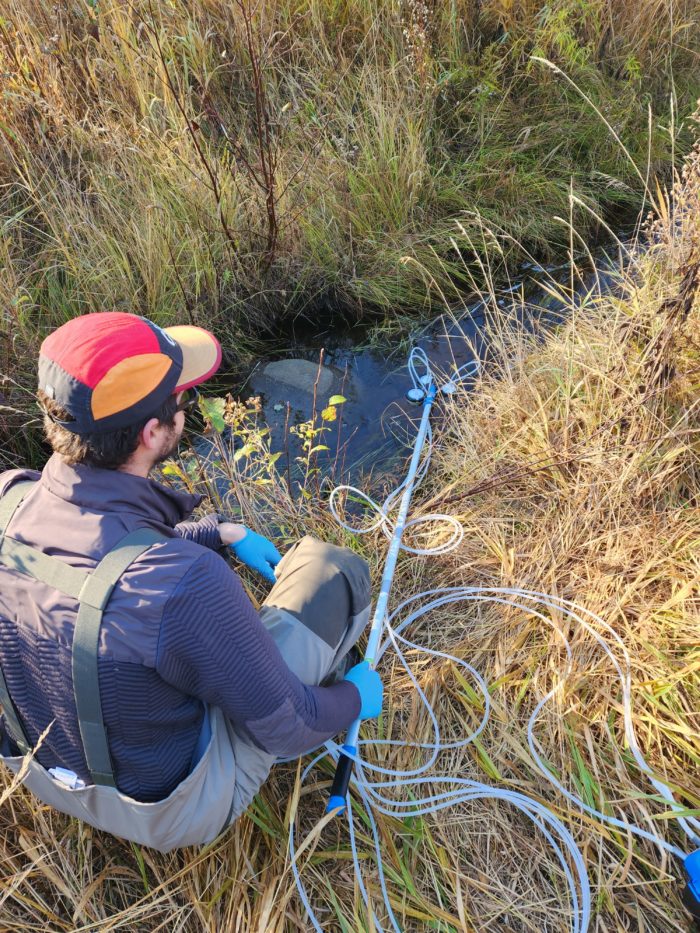 A scientist collecting eDNA using high-throughput eDNA filters and pump
A scientist collecting eDNA using high-throughput eDNA filters and pump
Ecometrix recently conducted several surveys in an area with minimal prior knowledge.
To complement this information, we used this as an opportunity to determine optimal eDNA detection strategies by testing three key aspects of the eDNA process.
- Filtration
Using a new high-throughput filtration system to filter six different volumes of water, from one to 25 litres, in triplicate. - eDNA isolation and purification
Tested a popular eDNA extraction method and a newer protocol from existing literature. - Metabarcoding primers
Tested three different metabarcoding DNA target locations to ensure all possible fish could be detected.
With this information and the initial fish survey data, we can ensure the future full baseline assessment will be accurate, efficient, and cost-effective.
Find out more about eDNA
Explore how Ecometrix is shaping the future of eDNA and is using it to empower clients.


